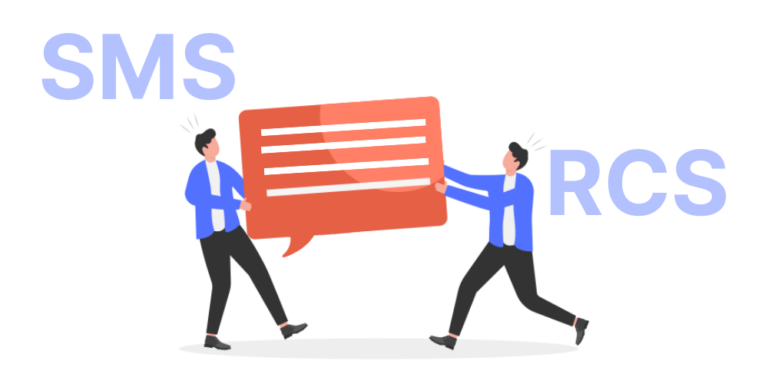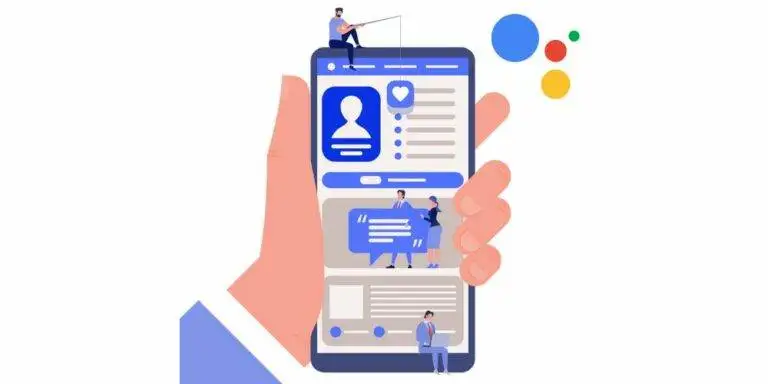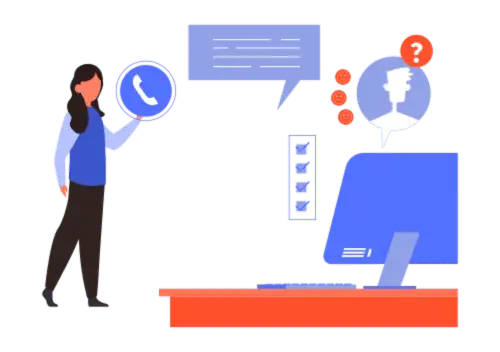Optimizing Customer Engagement with A2P Messaging: Best Strategies
In today’s digital age, customer engagement plays a crucial role in the success of any business. With the increasing reliance on mobile devices, businesses are constantly looking for effective strategies to engage with their customers. One such strategy that has gained significant traction is A2P (Application-to-Person) messaging. A2P messaging involves the use of automated messages sent from an application to a person’s mobile device. This powerful communication tool allows businesses to reach their customers instantly, delivering personalized messages and enhancing customer engagement. In this blog post, we will explore the best strategies for optimizing customer engagement with A2P messaging.To begin with, we will delve into the importance of understanding A2P messaging and its role in customer engagement. By grasping the fundamentals of A2P messaging, businesses can harness its potential to create meaningful connections with their customers. Next, we will discuss the initial steps to implement A2P messaging effectively. This includes identifying the need for A2P messaging in your business, choosing the right A2P messaging platform, and incorporating it into your existing customer engagement strategy. Once the groundwork is laid, we will explore the best practices for A2P messaging. Personalizing your messages, timing them appropriately, using A2P messaging for customer support, and continuously monitoring and adapting your strategy will be key areas of focus. To illustrate the effectiveness of A2P messaging, we will present case studies from various industries. We will delve into how A2P messaging has revolutionized customer engagement in e-commerce, banking and finance, hospitality, and healthcare sectors. However, implementing A2P messaging is not without its challenges. We will address some common hurdles such as ensuring data security and privacy, dealing with message fatigue, maintaining relevance in an evolving digital landscape, and addressing technical issues to ensure message delivery. In conclusion, optimizing customer engagement with A2P messaging requires a well-thought-out strategy. By understanding the importance of A2P messaging, implementing it effectively, following best practices, and overcoming challenges, businesses can unlock its true potential to enhance customer engagement and drive success. Stay tuned for the upcoming posts, where we will dive deeper into each of these strategies and provide practical tips for implementation. Understanding A2P Messaging and Its Importance in Customer Engagement A2P messaging, also known as Application-to-Person messaging, refers to the sending of automated messages from an application to an individual’s mobile device. This form of communication has become increasingly popular as businesses recognize its potential to enhance customer engagement. A2P messaging offers several advantages over traditional forms of communication. Firstly, it enables businesses to reach their customers instantly, delivering important information, updates, and promotional messages directly to their mobile devices. This real-time communication ensures that customers are informed promptly and can take immediate action. Moreover, A2P messaging allows businesses to personalize their messages, tailoring them to the specific needs and preferences of individual customers. By incorporating customer data and segmentation techniques, businesses can create highly targeted and relevant messages, increasing the likelihood of customer engagement and response. Another significant benefit of A2P messaging is its wide reach. With the majority of the global population owning a mobile device, businesses can communicate with customers across geographical boundaries, making it an effective tool for both local and international customer engagement. Furthermore, A2P messaging provides a convenient and non-intrusive communication channel. Unlike phone calls or emails that may disrupt customers’ daily activities, A2P messages can be received and read at the recipient’s convenience. This aspect makes A2P messaging an ideal medium for time-sensitive notifications, reminders, and transactional updates. The importance of A2P messaging in customer engagement cannot be overstated. It allows businesses to foster stronger relationships with their customers by delivering personalized, timely, and relevant messages. By leveraging the power of A2P messaging, businesses can enhance customer satisfaction, increase brand loyalty, and drive conversions. In the next section, we will explore the initial steps businesses need to take to implement A2P messaging effectively, including identifying the need for A2P messaging and selecting the right platform. Implementing A2P Messaging: Initial Steps Implementing A2P messaging requires careful planning and execution. In this section, we will discuss the initial steps businesses need to take to successfully incorporate A2P messaging into their customer engagement strategy. Identifying the Need for A2P MessagingThe first step in implementing A2P messaging is to identify the specific needs and objectives of your business. Determine the areas where A2P messaging can add value and enhance customer engagement. This could include sending transactional updates, promotional offers, appointment reminders, or customer support messages. Understanding your business goals will help you tailor your A2P messaging strategy accordingly. Choosing the Right A2P Messaging PlatformOnce you have identified the need for A2P messaging, the next step is to select the right A2P messaging platform. There are several factors to consider when choosing a platform, including reliability, scalability, features, pricing, and security. Look for a platform that offers a user-friendly interface, robust delivery capabilities, customizable message templates, integration options with your existing systems, and comprehensive reporting and analytics tools. Incorporating A2P Messaging into Your Existing Customer Engagement Strategy To ensure a seamless integration of A2P messaging, it is essential to align it with your existing customer engagement strategy. Determine how A2P messaging will complement your other communication channels such as email, social media, and phone calls. Identify the touchpoints in your customer journey where A2P messaging can be most effective and create a cohesive and integrated approach to engage with your customers. By carefully considering these initial steps, businesses can lay a strong foundation for implementing A2P messaging effectively. In the next section, we will explore the best practices for A2P messaging, including personalization, timing, customer support, and monitoring and adapting your strategy. Best Practices for A2P Messaging To optimize customer engagement with A2P messaging, it is essential to follow best practices that maximize the effectiveness of your messaging campaigns. In this section, we will explore some key best practices for A2P messaging. Personalizing Your MessagesPersonalization is a crucial aspect of effective A2P messaging. By tailoring your messages to the individual recipient, you can create a more










